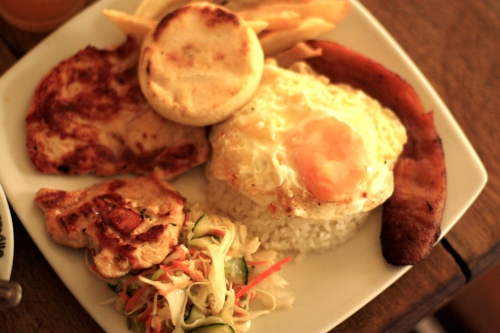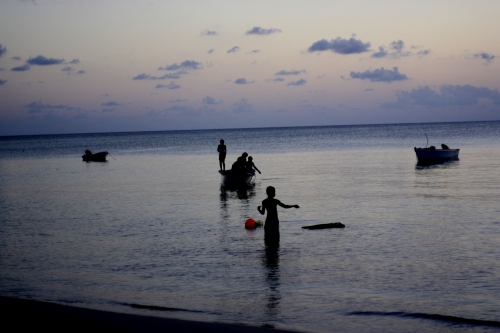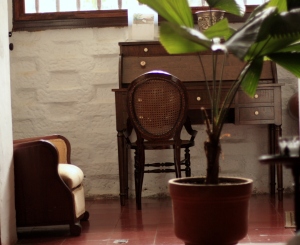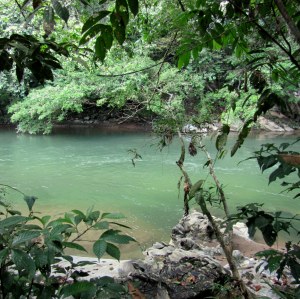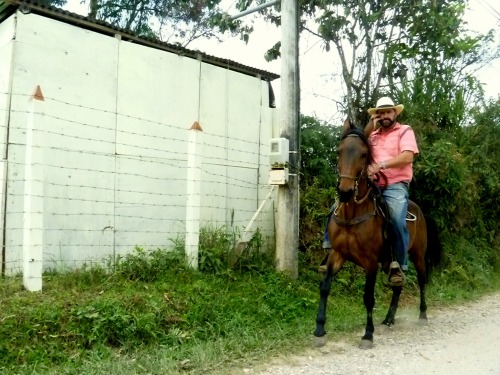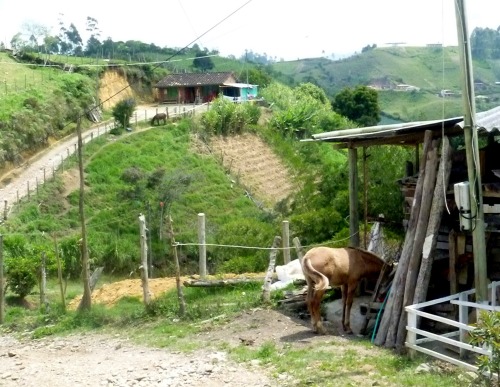Comida Colombiana
I have to pay homage to the food of Colombia, and I really want to do it properly. It is my belief that a large part of any culture is shaped by its food and the traditions that envelop it, and by a landslide, my favorite way to get to know a new place is through my taste buds. I want to know what the people are growing, cooking, and eating. Five weeks is the longest I’ve spent in one country outside of the U.S., which really, when you think about it, is not a ton of time. One hour is also not a lot of time to write a a comprehensive post on the topic, but it’s all I’ve got before I get to join my beautiful cousin, Tippy, who flew all the way from Minneapolis so that we could spend a week discovering Peru together. So let’s get this thing going, shall we?
SOPA
I adore a good soup, and I had many memorable sopas in Colombia. At Verdeo, a vegetarian spot near Parque Poblado, I had celery and potato soup in a light, steamy, beany broth. Simple, clean, rejuvenating. Don’t pass through Medellin without a lunch at Verdeo.
In Santa Fe Antioquia, we ate liquid carrot cream of a shockingly bright orange color. Normally, I prefer soup of a piping hot temperature, but this one was cooled to tepid, and it was stunning. We had asparagus blended to the consistency of liquid velvet, finished with a swirl of cream, at Jardin Botanico. A swirl of cream is the holy grail of soup accoutrement, in my book. Judging by its prevalence, I’ve got a feeling Colombians have a similar affection.
Mondongo, a traditional Colombian stew made lush from diced pieces of tripe, is garnished with sliced sweet banana. I know this isn’t the most appetizing sounding marriage of flavors (was it the stomach lining that threw you off?) but I am telling you, it is hypnotic. And cazuela, made with soft brown beans, chicharron (fried pork rinds), diced avocado, and corn, and topped with a mound of fried potato strings. But my favorite was the ajiaco: a soup of tender, thinly shredded chicken and three (or four?) types of potatoes, distinctively flecked with a weedy herb called guasca, and pooled around a short cob of corn, the kind with big, charming, knobby kernels. The accompanying garnishes took this soup over the edge, for me. You take a spoon to a halved avocado, dropping curls of buttery green into the soup before you finish the whole thing off with a drizzle of cream and a smattering of capers the size of olives. This dish was so good, it made me laugh the first time I tried it. Don’t you love when that happens?
(the photo below is the antithesis of a justifying visual, but it’s the best I’ve got – I settled for mediocrity, I know it, but I did it because I was distracted by its aroma – the start of a new, lifelong infatuation).
Ajiacos y Mandangoes is the place to get good Ajiaco in Medellin. I went once with my new friend Esther. We sat for two hours and shared two bowls of soup. We were the last of the lunch rush remaining, probably because everyone else had to get back to work. As we were on our way out the door, we spotted a carrot cake resting patiently on a ledge with only a couple of slices missing. So we ordered a piece to share, sat back down, and stayed for another thirty minutes. Esther is 79 years old, but she didn’t look a day over 60. She was visiting her son who is teaching English in Medellin. We talked a lot about Richard Simmons. Hell, if his videos are one of the tricks to staying effortlessly vibrant, like Esther, sign me up yesterday.
PESCADO
On the coast, you eat fish. To not is to cheat yourself. Most always, fish is served whole, with coconut rice, citrus, salad, and patacones (green plaintains pounded flat and fried until crisp skinned but still soft on the inside).
Never have I ever tasted such seafood.
Or met such fishermen.
TIPICOS
Tipicos are usually had for lunch. Filling and easy on the wallet, tipicos consist of a meat, such as beef, chicken, or chicharron, white rice, a salad of cabbage or avocado, and a soft-yoked fried egg. Sometimes with chorizo, sometimes with french fries, but always, always with an arepa and a fried banana. A staple combination plate for Colombian people, and a must-try for any visitor.
FRUTAS
A kaleidoscopic array of shapes, sizes, colors, and textures. Oh my, the fruits of Colombia. Mora (blackberry) is blended with vanilla ice cream, comes in yogurt and is a jelly filling at Dunkin Donuts in Medellin. Maracuya, a fruit that, once cut open, spills out a seed-filled liquid to be eaten with a spoon, seeds and all. The juice is sour but addictive. I had a piece of cheesecake glazed with maracuya seeds. My god. It was beautiful, but you’ll have to trust my word because we ate it all before I could snap a photo of it. Imagine a custard-colored, thick square slab with a consistency like flan, glazed with a delicate veil of flat black maracuya seeds. Brilliant.
And the juices made from these fruits. So fresh, so healthful. This was banana papaya.
This woman, Maria, has a stand directly across from the Alpujarra stop of the Medellin metro. She makes the most incredible strawberry juice. She’ll pull up a plastic chair for you, encourage you to sit, and refill your glass to the brim. If you take the metro to El Parque de los Pies Descalzos, you’ll walk past her. Do yourself a favor and stop for a juice on the way.
I loved to cherry pick a new fruit eat time I visited the market. I picked up a rustic beauty called a tamarillo, or tomate de arbol, one day. Shaped like an egg and dusty-skinned like a plum, I fell for it at first site. At home, I pressed a knife lengthwise into it, expecting to make contact with a pit. But the knife slid cleanly through, and in the center was a hook of black seeds. The taste and texture was like a tomato, just much more sour. Maybe I chose one that wasn’t ripe – I really don’t know, but I didn’t love it. However, I’ve found a good amount of tamarillo enthusiasm online. If available in Argentina, I’m going to experiment with some salsas and sauces made of tamarillo. Kyle, Agustina, and Natasha, I hope you’re up for some taste testing.
POSTRES
In Cartagena, women would walk the streets and beaches with baskets of fruit and desserts, often balanced on their heads. I ate fried coconut bars (like rice crispy bars, but entirely of coconut – swoon) and tamarind balls rolled in sugar. I told you earlier about the taffy on a stick. And arequipe, a popular milk caramel, is very often eaten on its own with a spoon. Mary Jo hit the jackpot when she poured arequipe over ice cream and dotted the whole thing with a miniature tamarind ball. The tart, spiky flavor of the tamarind with the smooth sweetness of the arequipe and the chilled, vanilla cream was something I am not going to quickly forget.
Okay, there is more to say but my time is officially up. It’s noon and the sun is out. The bar is open. The pisco is flowing. And by the way, it was as hard to say goodbye to Mary Jo as ever. We had the greatest five weeks of traveling together, and I’ll cherish the time for the rest of my days. Thanks for everything, MJ. See you soon.





